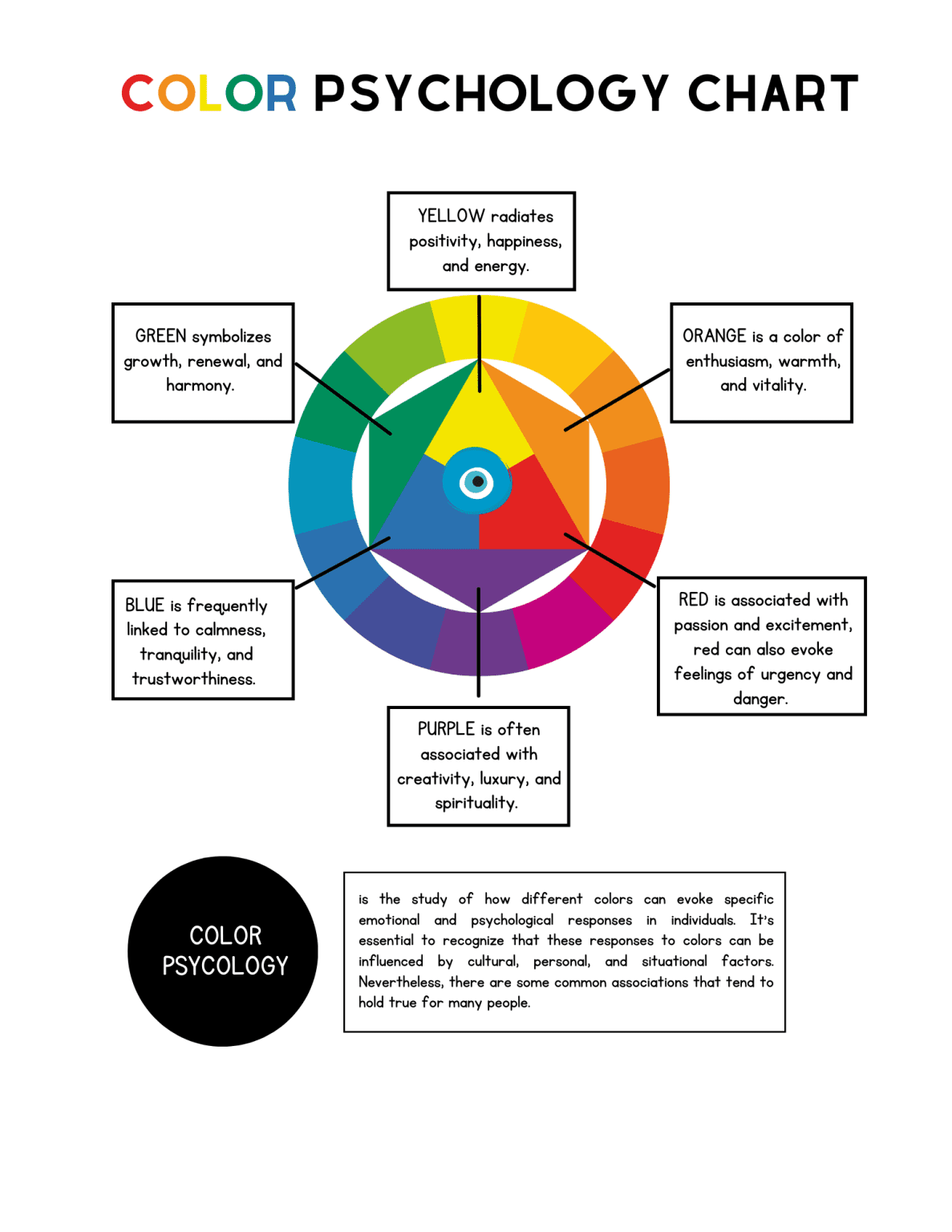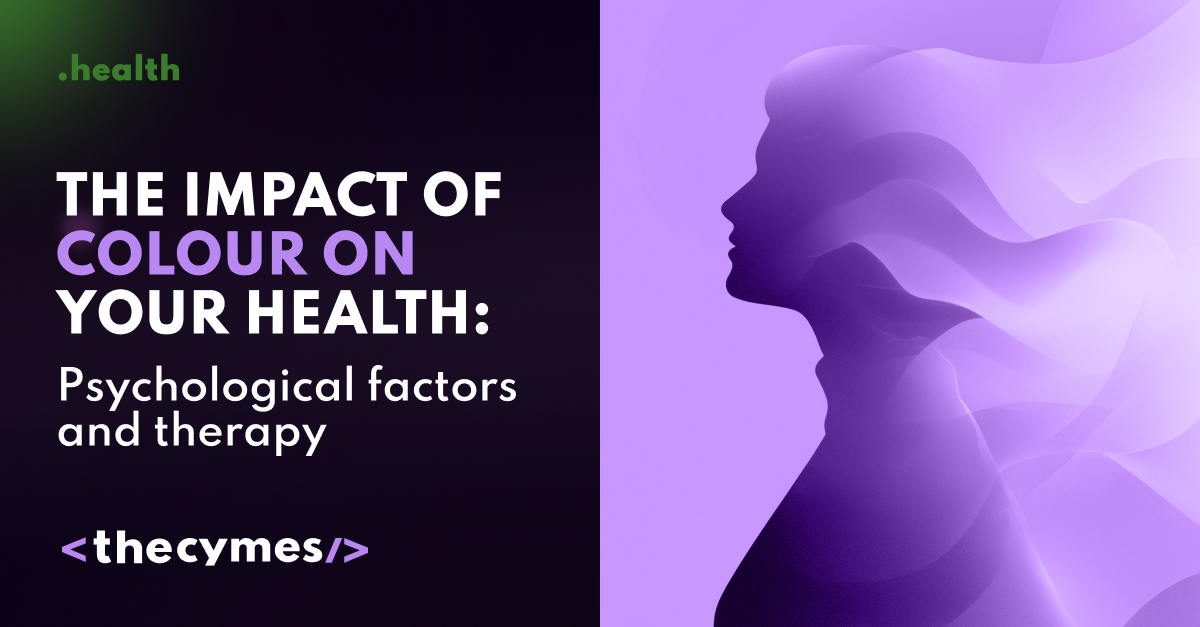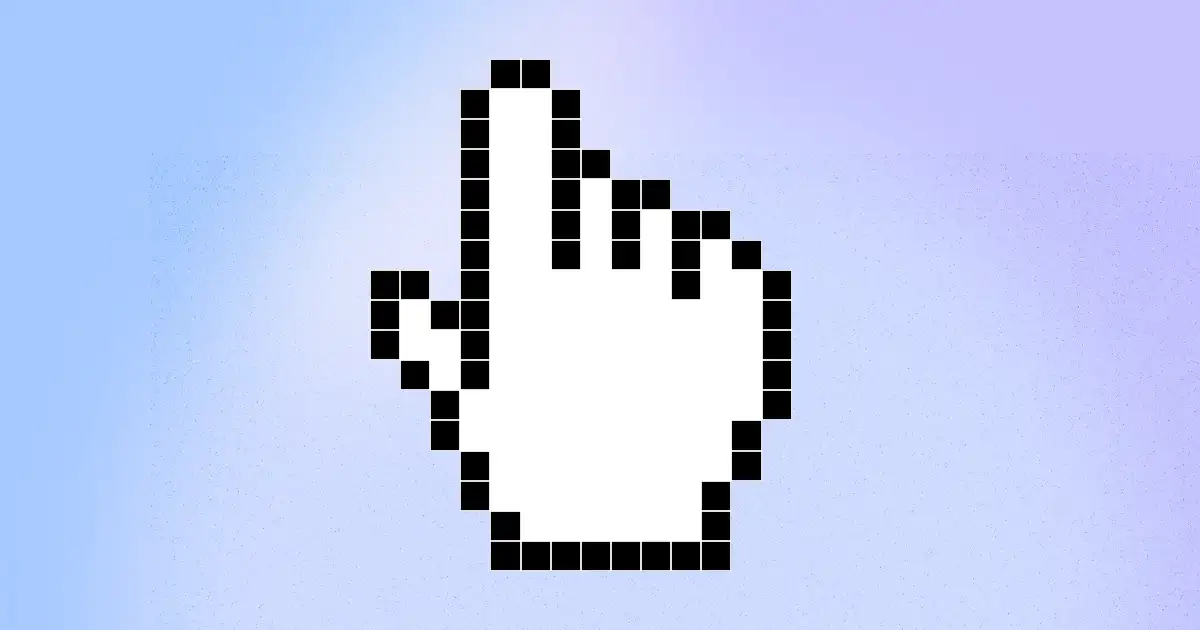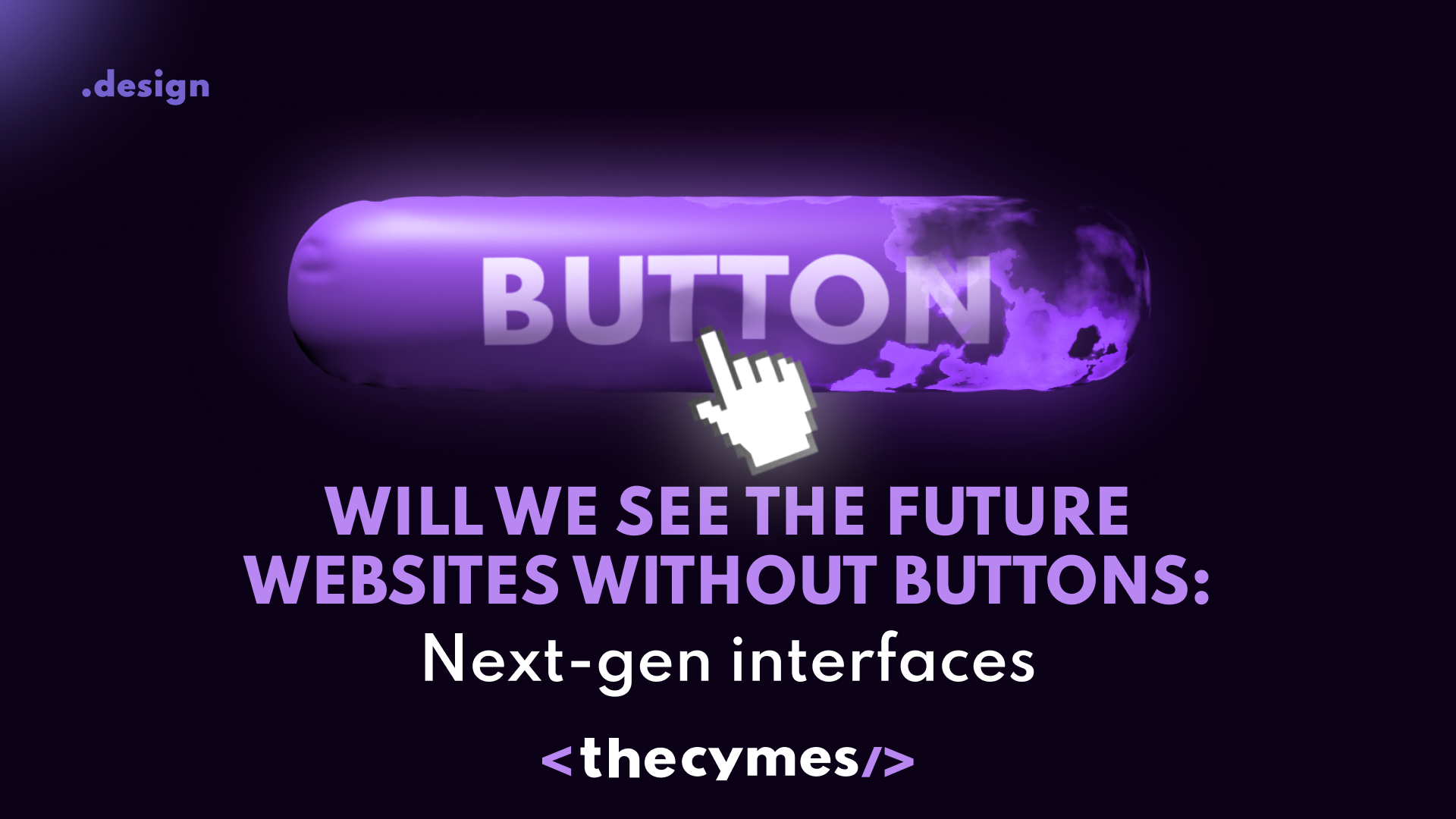Table of Content
The impact of colour on your health: Psychological factors and therapy
/>Have you ever thought about the impact of color on your health? Read our latest article to know more insights about it!Is it just a color, or does it have an impact on our mental health?
Colors are far more than mere aesthetic choices in our daily lives. They possess the remarkable ability to influence our emotions, alter our mental states, and even impact our physical well-being. From the moment we wake up to the soft blue light of dawn to the warm amber hues of sunset, colors continuously shape our psychological landscape. Understanding the profound connection between color and health opens up new possibilities for enhancing our mental well-being through intentional color choices in our environments, therapeutic practices, and lifestyle decisions.
The science behind color psychology
Color psychology represents a fascinating intersection of neuroscience, psychology, and environmental design. This field explores how different wavelengths of visible light trigger specific emotional and physiological responses in humans. When light enters our eyes, it doesn't merely create visual perception; it activates complex neural pathways that influence our mood, energy levels, and cognitive function.
The scientific foundation of color psychology dates back to Isaac Newton's groundbreaking work with the color wheel in the 17th century. However, the psychological implications of color have been recognized across cultures for thousands of years. Ancient civilizations, including those in Egypt, China, and Greece, deliberately incorporated specific colors into their healing practices, architecture, and spiritual ceremonies, recognizing their profound impact on human consciousness and well-being.
Modern research has validated many of these ancient observations. Studies consistently demonstrate that exposure to different colors can produce measurable changes in heart rate, blood pressure, brain activity, and hormone production. For instance, exposure to red light has been shown to increase alertness and can elevate heart rate, while blue light promotes the production of melatonin, our body's natural sleep hormone.
Warm colors: Energizing and stimulating
Warm colors, including red, orange, and yellow, are associated with energy, passion, and stimulation. These hues can have profound effects on both psychological and physical health, though their impact varies significantly depending on intensity, duration of exposure, and individual sensitivity.
Red stands as perhaps the most psychologically potent color. It can evoke a wide spectrum of emotions, from love and passion to anger and aggression. In therapeutic contexts, red is often used sparingly and strategically. While it can energize and motivate, prolonged exposure to intense red environments may increase stress levels and anxiety. Research indicates that red can enhance physical performance in short bursts but may impair cognitive function requiring sustained attention.
Orange combines the energy of red with the cheerfulness of yellow, creating a color that promotes enthusiasm and social interaction. In healthcare settings, orange is sometimes used in rehabilitation spaces to encourage optimism and motivation. However, like red, it should be balanced with cooler tones to prevent overstimulation.
Yellow, often associated with joy and creativity, can have both positive and negative psychological effects. Soft, warm yellows can enhance mood and stimulate mental activity, making them beneficial in learning environments. However, bright or harsh yellows may trigger anxiety or irritability in some individuals. The key lies in finding the right shade and intensity for specific therapeutic or environmental applications.

Image from Lifescaperecovery
Cool colors: Calming and restorative
Cool colors, primarily blue, green, and purple, are renowned for their calming and restorative properties. These colors have become fundamental tools in therapeutic environments and stress reduction strategies.
Blue is perhaps the most universally calming color, with extensive research supporting its therapeutic benefits. Blue light therapy is used to treat seasonal affective disorder (SAD), while blue environments are commonly employed in hospitals and mental health facilities to reduce anxiety and promote healing. Studies have shown that blue can lower blood pressure, reduce heart rate, and decrease cortisol levels, making it invaluable for stress management.
The effectiveness of blue extends beyond psychological benefits. Research indicates that exposure to blue light can improve cognitive performance, enhance memory consolidation, and regulate circadian rhythms. This makes blue particularly valuable in work environments where focus and productivity are essential.
Green holds special significance in mental health applications. Often called "nature's color," green promotes balance, harmony, and renewal. The color is intrinsically linked to growth and healing, making it a popular choice in therapeutic settings. Green environments have been shown to reduce eye strain, lower stress hormones, and promote faster recovery from mental fatigue.
The psychological benefits of green extend to its symbolic associations with hope and new beginnings. In mental health advocacy, the green ribbon serves as a universal symbol for mental health awareness, particularly for depression. This connection between green and mental wellness reflects the color's inherent ability to promote emotional balance and psychological restoration.
Purple, combining the energy of red with the calming properties of blue, offers unique therapeutic benefits. It's often associated with creativity, introspection, and spiritual awareness. In therapy settings, purple can encourage self-reflection and emotional processing, though it should be used judiciously to avoid overwhelming sensitive individuals.
Color and personality: Individual differences matter
The relationship between color preferences and personality traits reveals important insights for therapeutic applications. Research involving over 800 participants has identified significant correlations between color preferences and personality dimensions.
Individuals with high agreeableness tend to prefer yellow, reflecting their positive and warm nature. Those demonstrating high conscientiousness often gravitate toward blue tones, which align with their need for order and reliability. Emotionally stable individuals typically show less preference for red, instead favoring calming blues. Extroverted personalities frequently choose red, reflecting their energetic and outgoing nature, while those open to new experiences often prefer green, symbolizing growth and exploration.
These personality-color connections have important implications for therapeutic practice. Mental health professionals can use color preferences as diagnostic tools and tailor environmental interventions to match individual personality traits. For instance, a therapy room designed for an introverted, anxious client might emphasize soft blues and greens, while an environment for someone struggling with motivation might incorporate warmer tones.
Chromotherapy: Ancient wisdom meets modern skepticism
Chromotherapy, or color therapy, represents one of the most controversial applications of color psychology in health care. This practice involves using specific colors to treat physical and psychological conditions, with roots in ancient healing traditions.
Historical chromotherapy practices included exposing patients to colored lights, surrounding them with specific colored environments, or having them visualize particular colors during meditation. Ancient practitioners believed that different colors could balance the body's energy systems and promote healing.
Modern scientific scrutiny of chromotherapy has yielded mixed results. While some studies support certain applications, such as blue light therapy for seasonal depression or red light therapy for certain skin conditions, many traditional chromotherapy claims lack robust scientific evidence. The challenge lies in distinguishing between legitimate therapeutic applications and unfounded claims.
However, the psychological effects of color remain well-documented. Even if chromotherapy doesn't directly cure physical ailments, the mood-enhancing and stress-reducing properties of color can certainly support overall health and well-being. The key is approaching color therapy with realistic expectations and using it as a complementary tool rather than a primary treatment.
Environmental applications: Creating healing spaces
The strategic use of color in environmental design has profound implications for mental health and well-being. Healthcare facilities, schools, offices, and homes can all benefit from evidence-based color choices that promote psychological wellness.
In healthcare settings, color choices can significantly impact patient outcomes. Blue and green tones are commonly used in patient rooms to reduce anxiety and promote healing. Emergency departments often incorporate warmer colors in waiting areas to provide comfort during stressful situations. Operating rooms typically feature neutral colors to minimize distractions and eye strain for medical professionals.
Educational environments also benefit from thoughtful color selection. Classrooms painted in soft, warm colors can enhance learning and reduce behavioral problems. Libraries and study areas often use cool colors to promote concentration and reduce mental fatigue. The key is balancing stimulation with calm to create optimal learning conditions.
Workplace environments increasingly recognize the importance of color in employee well-being and productivity. Open offices might use blue to promote focus and communication, while break rooms might incorporate green to provide psychological restoration. Creative spaces often benefit from purple or orange accents to stimulate innovation and collaborative thinking.
Lighting and color: The technological dimension
Modern technology has expanded our understanding of how colored light affects health. LED lighting systems can now provide precise color temperatures and intensities, allowing for sophisticated therapeutic applications.
Circadian lighting systems use color temperature changes throughout the day to support natural biological rhythms. Cool blue light in the morning helps maintain alertness and energy, while warm amber light in the evening promotes relaxation and sleep preparation. These systems have shown promise in treating sleep disorders and improving overall well-being.
Light therapy devices using specific colored lights are becoming increasingly popular for treating various conditions. Blue light therapy remains the gold standard for seasonal affective disorder, while red light therapy shows promise for wound healing and pain management. Green light therapy is being researched for its potential in treating migraines and chronic pain.
Cultural considerations: Color across cultures
Understanding cultural variations in color perception is crucial for effective therapeutic applications. While some color associations appear universal, many are culturally specific and can significantly impact therapeutic outcomes.
In Western cultures, white typically symbolizes purity and peace, making it appropriate for healing environments. However, in many Asian cultures, white is associated with mourning and death, which could have negative psychological effects in therapeutic settings. Similarly, red represents good fortune and prosperity in Chinese culture but may symbolize danger or aggression in other contexts.
These cultural differences highlight the importance of personalized approaches to color therapy. Mental health professionals must consider their clients' cultural backgrounds when designing therapeutic environments or recommending color interventions. What works for one individual may be ineffective or even counterproductive for another.
Practical applications: Integrating color for better health
Understanding color psychology opens up numerous practical applications for improving mental health and well-being. These interventions can be implemented in various settings and contexts to support psychological wellness.
Home environment: Creating a color-conscious home environment can significantly impact daily mood and stress levels. Bedrooms benefit from cool, calming colors like soft blues and greens that promote restful sleep. Living areas might incorporate warm, social colors like soft oranges and yellows to encourage family interaction and relaxation. Home offices can use blue tones to enhance focus and productivity while incorporating green elements to reduce eye strain.
Wardrobe choices: The colors we wear can influence both our own mood and how others perceive us. Wearing blue can promote feelings of calm and confidence, while red might boost energy and assertiveness. Green clothing can help us feel more balanced and connected to nature, while purple might enhance creativity and self-expression.
Therapeutic practices: Mental health professionals can incorporate color therapy into their practice through environmental design, guided visualizations, and homework assignments. Clients might be encouraged to surround themselves with specific colors during challenging periods or to avoid certain colors that trigger negative emotions.
Workplace wellness: Organizations can support employee well-being through strategic color choices in office design. This might include using blue in areas requiring focus, green in break rooms for restoration, and warm colors in social spaces to encourage collaboration and communication.
Image from New Haven Texas
Future directions
The field of color psychology continues to evolve, with new research revealing additional connections between color and health. Future studies are likely to explore individual differences in color sensitivity, the long-term effects of color exposure, and the potential for personalized color interventions.
Emerging technologies, including virtual reality and advanced lighting systems, offer new possibilities for color therapy applications. These tools may allow for more precise and personalized color interventions, potentially improving therapeutic outcomes.
Interdisciplinary research combining psychology, neuroscience, and environmental design will likely yield new insights into how color affects human health. This research may lead to more evidence-based applications of color therapy and better integration of color psychology into mainstream healthcare.
What’s next?
The impact of color on human health represents a fascinating intersection of art, science, and wellness. While we must approach color therapy with appropriate scientific skepticism, the evidence for color's influence on mood, stress, and psychological well-being is substantial and growing.
By understanding how colors affect our emotions and physiology, we can make more informed choices about our environments, lifestyle, and therapeutic approaches. Whether through strategic home design, thoughtful wardrobe choices, or professional therapeutic interventions, color offers a powerful tool for enhancing mental health and overall well-being.
As research continues to unveil the complex relationships between color and health, we can expect new applications and more sophisticated approaches to color therapy. The key is maintaining a balance between embracing color's potential benefits while remaining grounded in scientific evidence and individual needs.
The journey toward better health through color is both personal and universal. By paying attention to how different colors make us feel and incorporating this knowledge into our daily lives, we can harness the power of color to support our psychological wellness and create environments that promote healing, growth, and happiness. In a world where stress and mental health challenges are increasingly common, color offers a simple yet powerful tool for supporting our well-being and enhancing our quality of life.





